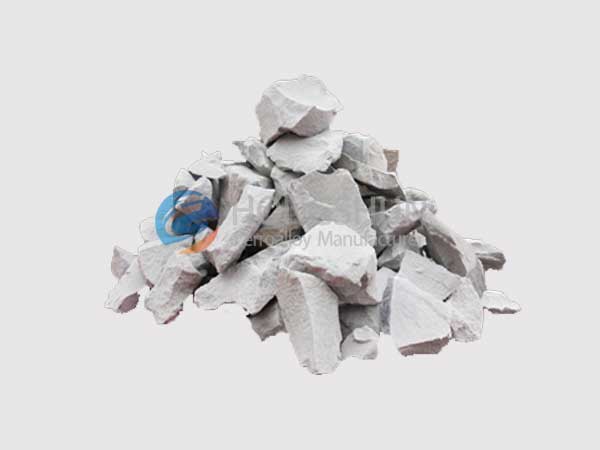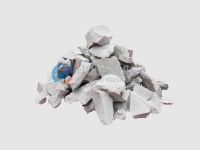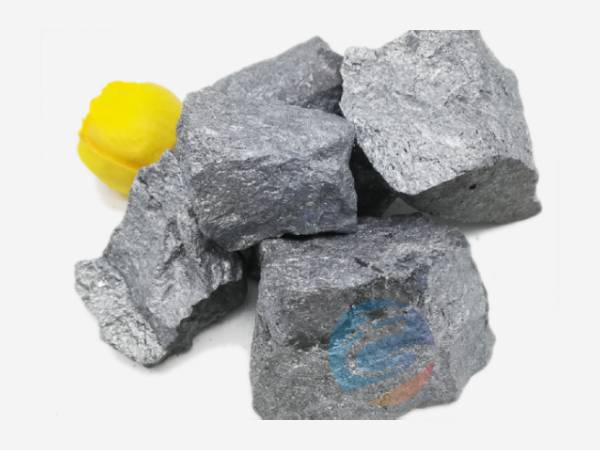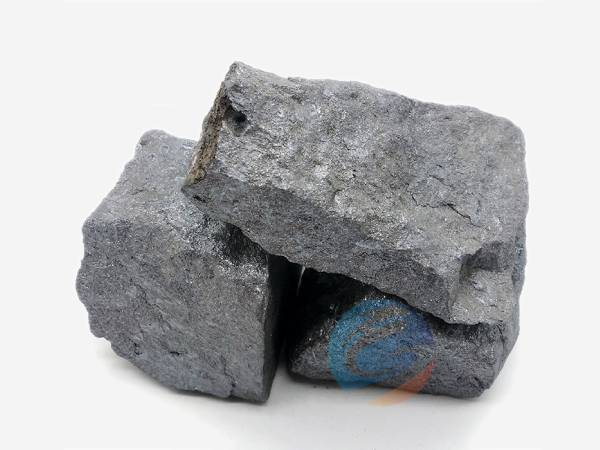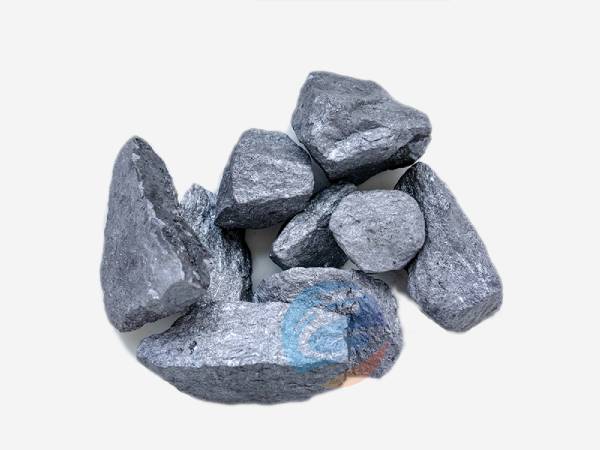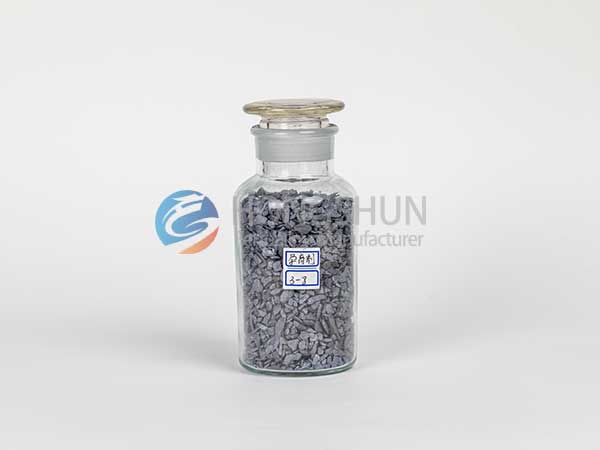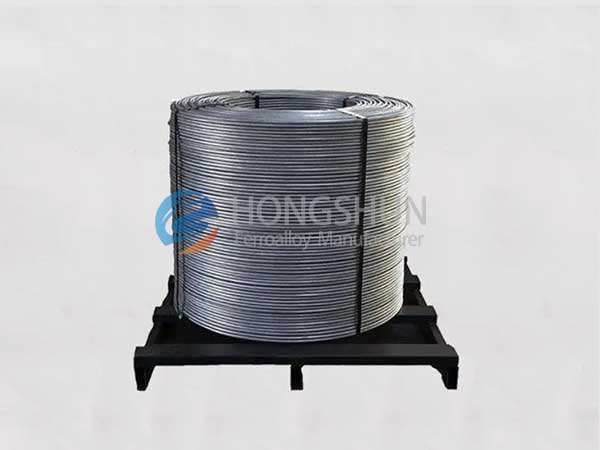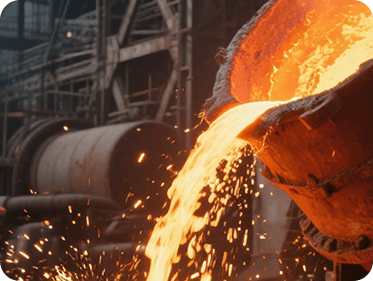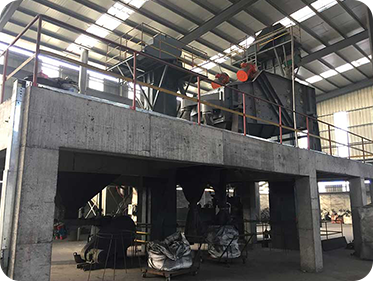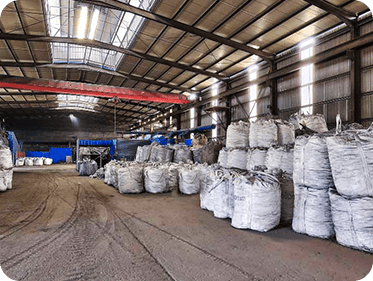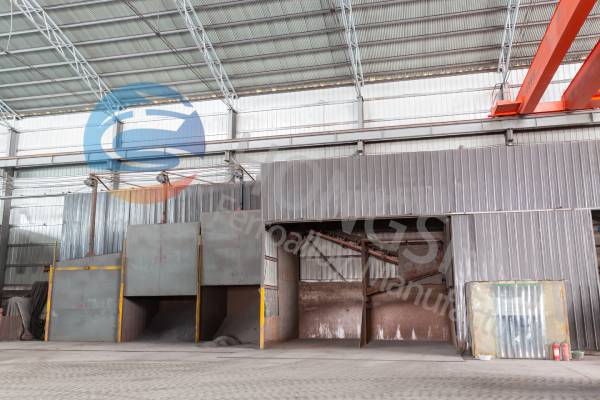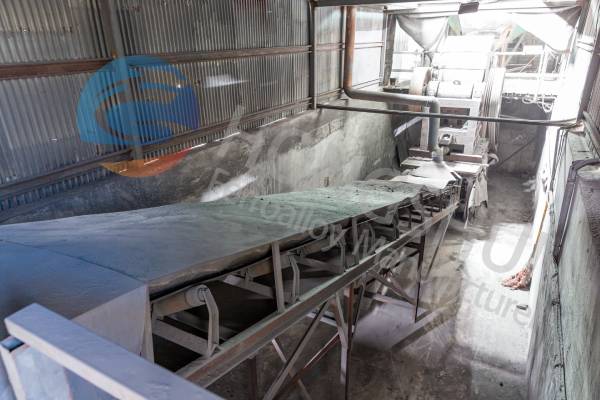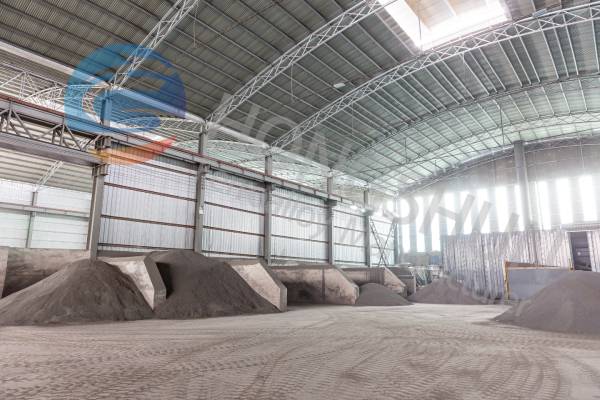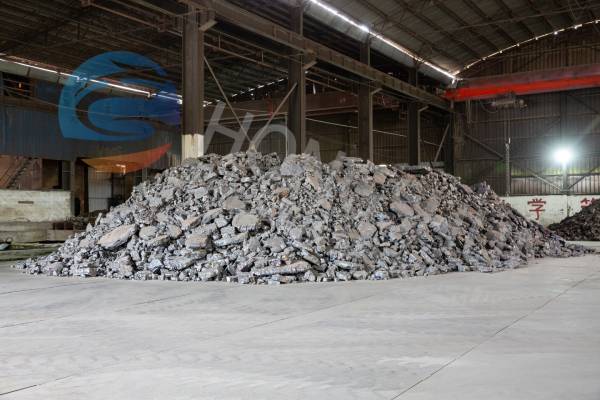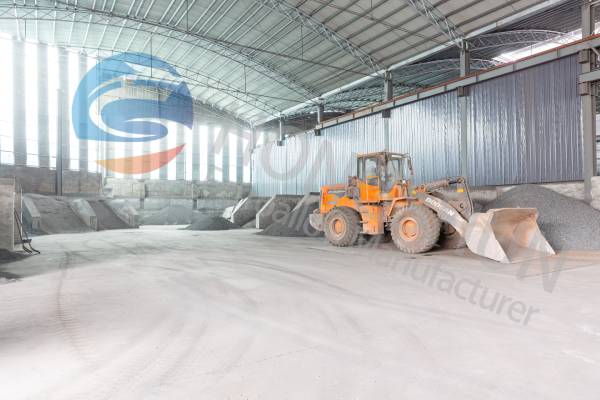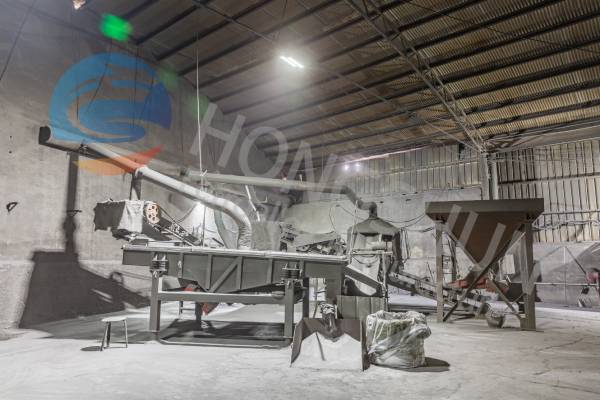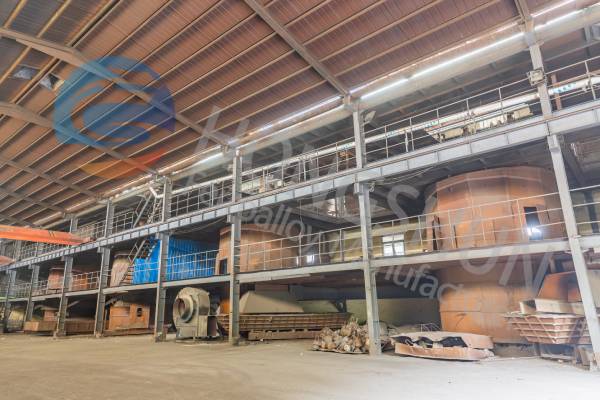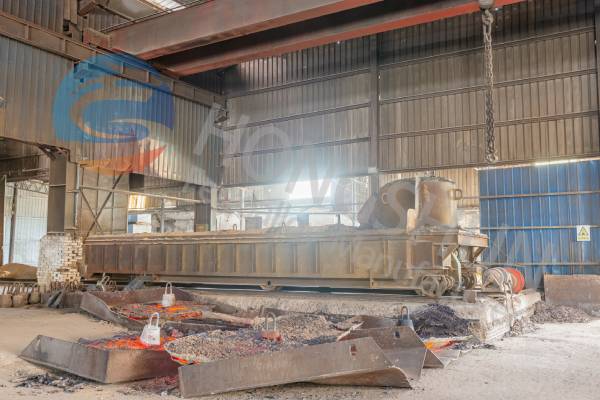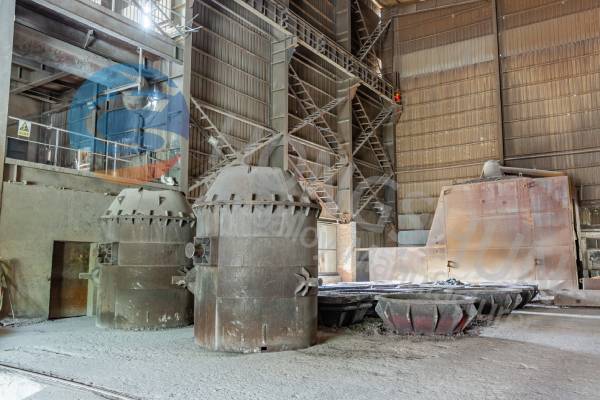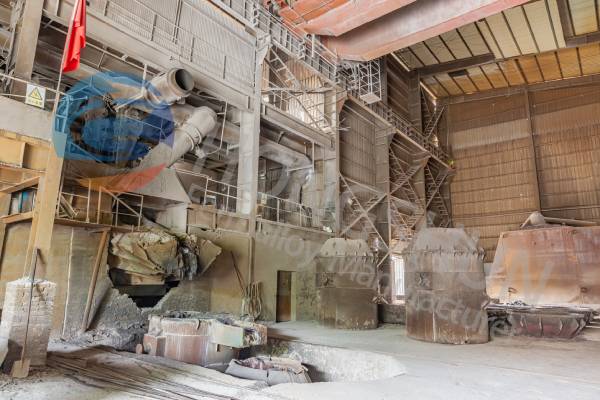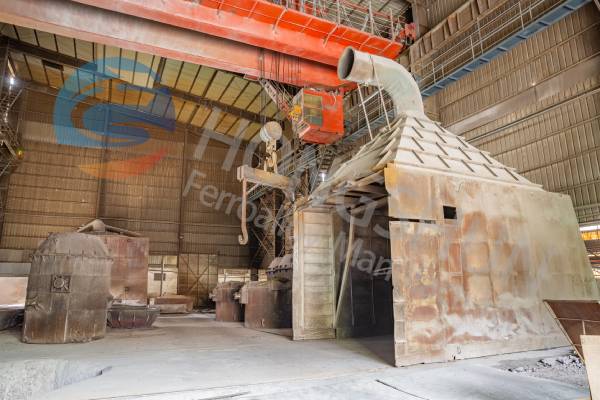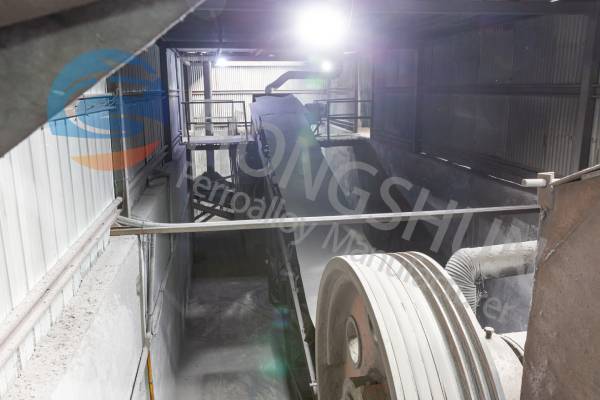Ferro silicon nitride is a ferroalloy material primarily composed of silicon nitride (Si₃N₄), along with free iron, non-silicon nitrides, and trace other elements. It appears as an off-white or brown powder for refractory use, while for steelmaking, it typically comes in off-white granules.
Powdered ferro silicon nitride is widely used in the tap hole mix of large blast furnaces. It also finds limited use in iron runner materials and other unshaped refractory applications.
Granular ferro silicon nitride is mainly used in the production of oriented silicon steel and steels like HRB400 rebar, where nitrides are added to enhance mechanical strength.
Differences between ferro silicon nitride and silicon nitride
Composition Difference: Ferro silicon nitride contains free iron, whereas pure silicon nitride has minimal iron content.
Performance and Cost: Despite their similar performance in high-temperature and wear-resistant applications, ferro silicon nitride is significantly more cost-effective—its price is roughly half that of pure silicon nitride, making it a preferred alternative in many industrial processes.
Ferrosilicon nitride composition
| Chemical composition(%) | |||||
| Element | SI3N4 | N | Si | Fe | Al+Ca |
| Content(%) | 70~75 | 28~30 | 47~51 | 12~16 | <2.5 |
| 75~80 | 30~33 | 49~53 | 12~16 | <2.5 | |
Note: It can be customized into 10-100mm or 0-20 mesh in a lump, grain and powder.
Application of Ferro Silicon Nitride
1. Unshaped Refractory Materials
It is widely applied in the production of unshaped refractories such as non-foaming tap hole clay and iron runner materials for blast furnaces. Its excellent thermal shock resistance and high-temperature stability make it ideal for demanding furnace environments.
2. Nitrogen Alloying Agent in Steelmaking
Ferro silicon nitride can be used as a cost-effective nitrogen source in alloy steel production. When mixed with ferrovanadium nitride, ferroniobium, ferrochromium, etc., it serves as a partial replacement for vanadium-nitrogen alloys, helping to reduce alloying costs while still effectively increasing nitrogen content in steel.
Advantages of Ferro Silicon Nitride
Ferro silicon nitride significantly enhances the high-temperature strength and wear resistance of refractory materials. It also improves thermal stability, oxidation resistance, and thermal conductivity, while reducing the thermal expansion coefficient. Compared with traditional manganese and chromium alloys used for alloying, ferrosilicon nitride requires a much smaller dosage, making it a cost-effective nitrogen alloying material.
Types of Ferro Silicon Nitride
Ferro silicon nitride can be categorized based on its application and physical characteristics:
1. By Application
Refractory Grade: Mainly used in unshaped refractory materials such as tap hole clay and runner linings. The standard particle size is 200 mesh, while the stabilized version uses 325 mesh for improved consistency.
Steelmaking Grade: Typically in granular form, used for nitrogen alloying in steels such as oriented silicon steel and HRB400 rebar. The material must have a clean surface, free of visible foreign matter.
2. By Physical Characteristics
Ordinary Ferro Silicon Nitride: Usually off-white in color, used in standard refractory applications.
Stabilized Ferro Silicon Nitride: Dark brown in appearance, offering better thermal stability.
High-Purity Ferro Silicon Nitride: Specially used in steelmaking, with tighter control over impurities and consistent chemical composition.
The Preparation of Ferrosilicon Nitride
Ferrosilicon nitride is typically synthesized from ferrosilicon alloy or elemental silicon through high-temperature nitridation processes. The success and efficiency of the synthesis are significantly influenced by two key factors:
1. Particle Size of Ferrosilicon
Finer ferrosilicon particles provide a larger specific surface area and lower porosity, which can greatly accelerate the nitridation reaction. However, excessive fineness also promotes particle sintering, which impedes nitrogen diffusion and ultimately compromises the nitridation effectiveness.
2. Grain Coarseness and Reaction Stability
Coarser ferrosilicon particles, although offering a smaller specific surface area, tend to support a more stable and controlled nitridation process. As the temperature increases, the reaction becomes more thorough, resulting in better nitriding efficiency due to reduced sintering effects and improved nitrogen penetration.

